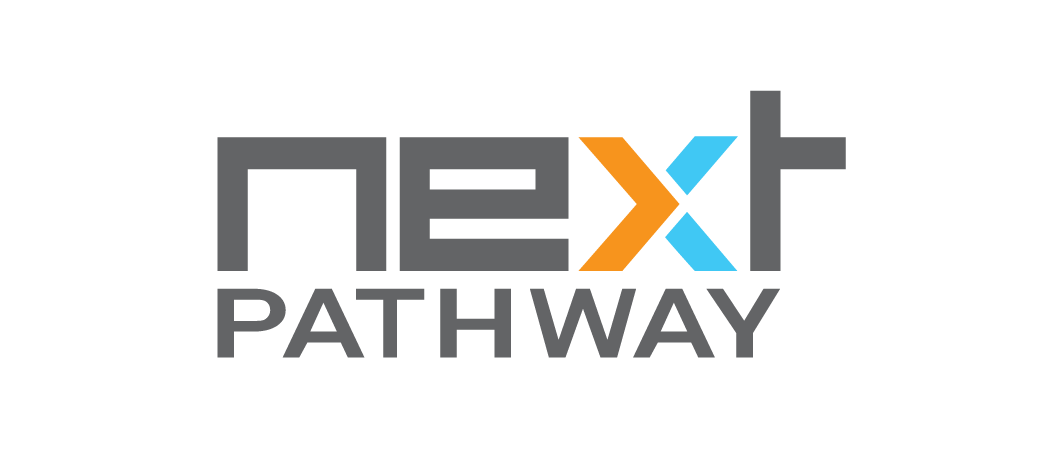Survey: Enterprises To Amp Up Cloud Migration, Spurred By More Confidence & Automated Tools
A survey from Next Pathway shows enterprise IT is finally ready to ramp up their cloud migration plans. Reasons for uptake include the growth in cloud confidence and advances in tools and automation. IDN speaks with Clara Angotti, Next Pathway's president.
by Vance McCarthy
Tags: automation, cloud, data warehouses, legacy, migration, Next Pathway, survey,

president

"Tools that automatically scan and analyze legacy environments and data pipelines make it easier for a company to plan their migration."
Architecture Summit
 Enterprise-Grade Integration Across Cloud and On-Premise
Enterprise-Grade Integration Across Cloud and On-PremiseAs confidence in the cloud increases in 2021, IT teams are making truly aggressive plans for migrating apps and data to the cloud.
This trending increase in confidence is confirmed in a survey just released from Next Pathway. The survey of some 1,000 IT professionals found:
- For apps, 80% of enterprise IT respondents plan to migrate 50 on-prem apps or more to the cloud in the next 12 months.
- For data, 74% plan to migrate anywhere from 11 to 100 legacy warehouses to the cloud in the next 12 months. [The breakdown is 47% said they plan to migrate from 11-25 data warehouses, with an added 27% moving from 26 to 100 warehouses].
Moreover, IT budgets for cloud migration projects are "substantial," the survey found. In specific, 45% of respondents said they plan to spend more than $5 million on legacy migrations. Another 30% expect to spend over $20 million, with 10% of firms budgeting to spend more than $40 million.
"There is huge momentum for the cloud," Next Pathway's president Clara Angotti told IDN. "We believe that there are a few reasons that are driving this positive momentum to migrate to the cloud." Three main drivers are poised to make 2021 a big year for upticks in cloud migrations, she noted:
The need to innovate. Highly competitive markets make innovation "paramount" to provide a better, more customized product, service and customer experience. The cloud lets companies "innovate, scale and optimize costs," Angotti said.
The COVID-19 effect. With many enterprises moving to remote-working situations, the cloud has become "key to ensuring companies can continue to communicate and execute core business functions without missing a step," she noted.
The need to stay relevant and competitive. An increasing number of large-scale enterprise companies have successfully migrated to the cloud recently. "We've helped many [of these enterprises]. Seeing their peers innovating at a faster pace is definitely a driver for a company to migrate faster," she added.
Interestingly, the Next Pathway survey also found the current bullish sentiment among IT for doing cloud migrations stands in sharp contrast to past years of hesitancy or stagnation.
"The research clearly demonstrates that it's early days in terms of migration maturity," the survey said. "[T]he vast majority of companies have yet to take first steps. Less than 18% have begun their first cloud migration project, and less than 13% have begun to migrate any of their applications to the cloud."

Why Enterprises Have Delayed Cloud Migrations Projects – Until Now
Next Pathway's survey also went deeper to shed light on top reasons why many IT execs until now had yet to invest in cloud migration projects.
"More than one-third of companies are at the very beginning of their cloud migration journey and need help – in planning their migration strategy, application migration and change management," the survey found.
IDN asked Angotti to talk more about IT's need for help in crafting a cloud migration strategy.
"We are hearing that companies don't know where to start, where to focus their efforts, and are unsure how to migrate efficiently, cost effectively, and with minimal risk," she told IDN, adding she sees three (3) major forces impeding customers in their cloud migration projects:
- Application sprawl across their enterprise
- The complexity of their current on-premise systems
- Perceived time and effort required to migrate to the cloud
Next Pathway's survey went deeper to specify some top technical challenges mentioned by IT teams when considering cloud migration. They included:
- Understanding data lineage in the applications that they want to migrate
- Moving stored procedures
- Optimizing code post-migration
- Rewriting/repointing ETLs and
- Testing downstream reports]
In light of such uncertainties, IDN asked Angotti if she could clarify the way forward when considering cloud migration.
She shared several straightforward steps enterprises can follow to gain confidence about how to begin – and execute -- a cloud migration project.
Understanding the on-prem workloads that are targeted for migration is an important first step.
Before a migration can start, you will need to identify the relationships between source systems and consuming applications. In addition, having full visibility into the job dependencies and data lineage will be critical to planning which workloads to migrate and in which order to do so.
Secondly, having excellent translation tools that not only expedite the code conversion, but do so in a way that optimizes the code and identifies/resolves discrepancies early are incredibly valuable.
Automation is one of the biggest methods companies are employing to solve these problems. Automation can help uncover the unknowns across legacy environments to help plan effective migrations, accelerate migration execution by eliminating manual workload refactoring, and help get to a faster cut-over from the legacy environment. Our company, and our technology, specializes in cloud migration automation.
In fact, Angotti emphasized the maturing of 'automation technologies' that can support complex cloud migration projects is proving to be one of the most significant factors contributing to IT's boost in confidence.
"Migration automation is the most important aspect that reduces these concerns," she said. "For example, tools that automatically scan and analyze legacy environments and data pipelines to find out where to focus migration efforts (and what areas to avoid) make it easier for a company to plan their migration.
Other automation tools have recently come available that "help with complex code translation between legacy environments and cloud-native platforms," she added. "This helps accelerate migration timelines and avoids operational risk on business-critical applications and reports.
Next Pathway Solutions To Automate, Simplify Cloud Migration
For its part, Next Pathway has received high marks from customers for its Crawler360 product, which is designed to automatically scan on-prem data warehouses to identify characteristics crucial to a successful cloud migration – including facets of the data flow, ETL pipelines and how these feed into downstream consuming reports, Angotti added.
"When we showcase our Crawler360 product to customers, they are in awe at the information we can generate from their on-prem data warehouses – in some cases, we are revealing key information that they did not previously know. This information is essential to planning a successful migration," she told IDN. The company's Shift code translation tool is also popular with cloud migration customers, she added.
"Automation technologies, like what we offer in our SHIFT and Crawler360 technology [suites], are game-changers to help customers think about cloud migration differently," Angotti said.
Not surprisingly, the cloud migration services market is expected to grow in 2021, Next Pathway found. The survey found the most common cloud migration services to be outsourced include:
- Data Migration (54%),
- Application Support and Management (45%)
- Service Management & Incident Management (47%),
- Workload Migration/Code Translation (42%) and
- Infrastructure Management & Provisioning (43%).
The Next Pathway survey assessed the state of data migration to the cloud in North America and polled nearly 1,000 IT decision-makers.
Related:
- Cloud Migration Isn’t Going Away: 4 Warning Signs a Change is Needed
- Qumulo Latest Driver Improves Storage Management of Kubernetes Apps and Workflows
- Cloudflare Unifies Email Security and Zero Trust with Acquisition of Area 1 Security
- 5 Ways Companies Can Protect Themselves When AWS Goes Down
- Astadia Joins the AWS Mainframe Modernization Service
All rights reserved © 2025 Enterprise Integration News, Inc.


